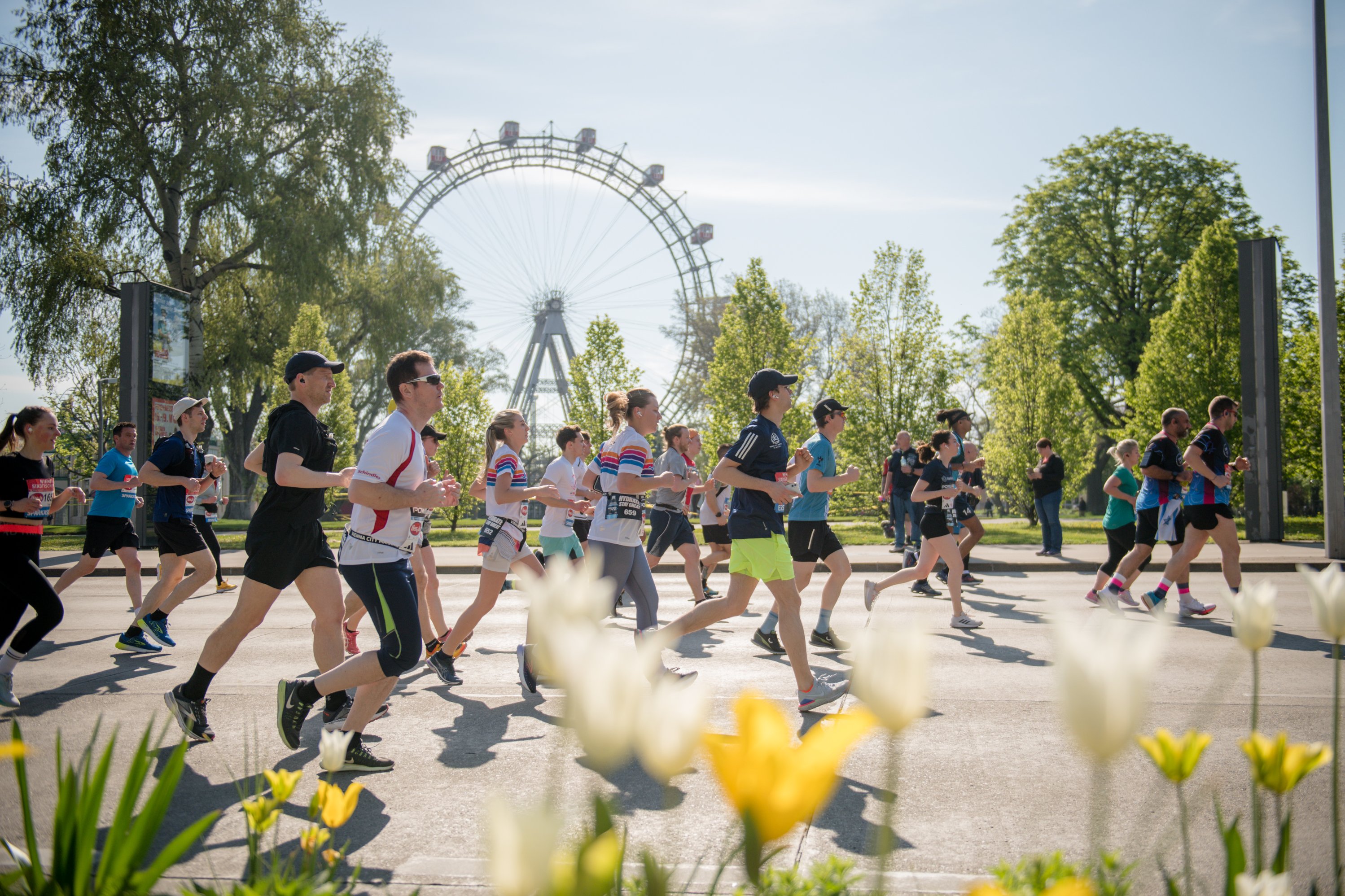
(Vienna, 15 April 2024) Allergy sufferers can hope for extremely favorable pollen count conditions this year at the Vienna City Marathon next Sunday, April 21, 2024. The exceptional weather conditions in 2024 also had a major impact on the pollen count of allergenic plants. Some of the main allergens had a very early start to flowering and were already in full bloom.
Temperatures in February were already higher than the usual long-term average. The flowering of hazel and alder still began at the usual times, but the main flowering periods of both coincided. Both hazel and alder no longer play a role in Vienna and are therefore not relevant for the Vienna City Marathon.
Ash trees started flowering in mid-February, one month earlier than the long-term average, and their intensity is below average this year. Ash pollen will also hardly be relevant for the race. Due to late-flowering species in the urban area, only a low pollen count is possible.
Occasional remnants of birch pollen
Birch, which is normally the main allergen for April, has also started to flower earlier and has already completed its main flowering period due to the partly summery weather conditions at the beginning of April. There is hardly any potential left for local pollen production. However, with wind currents from the west or north, long-distance transportation of birch pollen is still likely. As the main birch flowering period usually coincides with the Vienna City Marathon, the expected birch pollen count for the 2024 running weekend is exceptionally low.
Other trees with allergenic potential that play a role in the pollen count are Hornbeam, hop hornbeam, oak, beech and sycamore. Hornbeam and hop hornbeam have already finished flowering. The oak and beech will have completed their full bloom by the race and the plane tree will no longer provide any peak values on the race weekend due to its unusually early start to bloom.
First signs of the grasses blooming
The summer weather has also encouraged the development of the grasses, which means that the first flowering specimens and harbingers of the grass pollen season can already be seen. Thanks to the City of Vienna's consistent mowing, only a few specimens have been spotted in bloom so far. The pollen count of the grasses can still be considered low at the time of the run.
This year, MedUni Vienna's Pollen Service Vienna is not only offering a detailed pollen forecast for the VCM, but also tips and tricks for preparing before, during and after the run. In addition, in collaboration with the VCM team, informative graphics with schematic representations of the increased occurrence of relevant allergenic plants along the running route have been created.
Maximilian Bastl from the Vienna Pollen Service at MedUni Vienna recommends: "The VCM runners will find almost ideal conditions in terms of pollen count, but it still makes sense for those affected to prepare accordingly. For example, headgear and sunglasses can be worn during the run. This helps to mitigate contact with pollen."
Further information
Pollen exposure along the running route – VCM Website
Website Pollen Service Vienna: www.pollenservice.wien